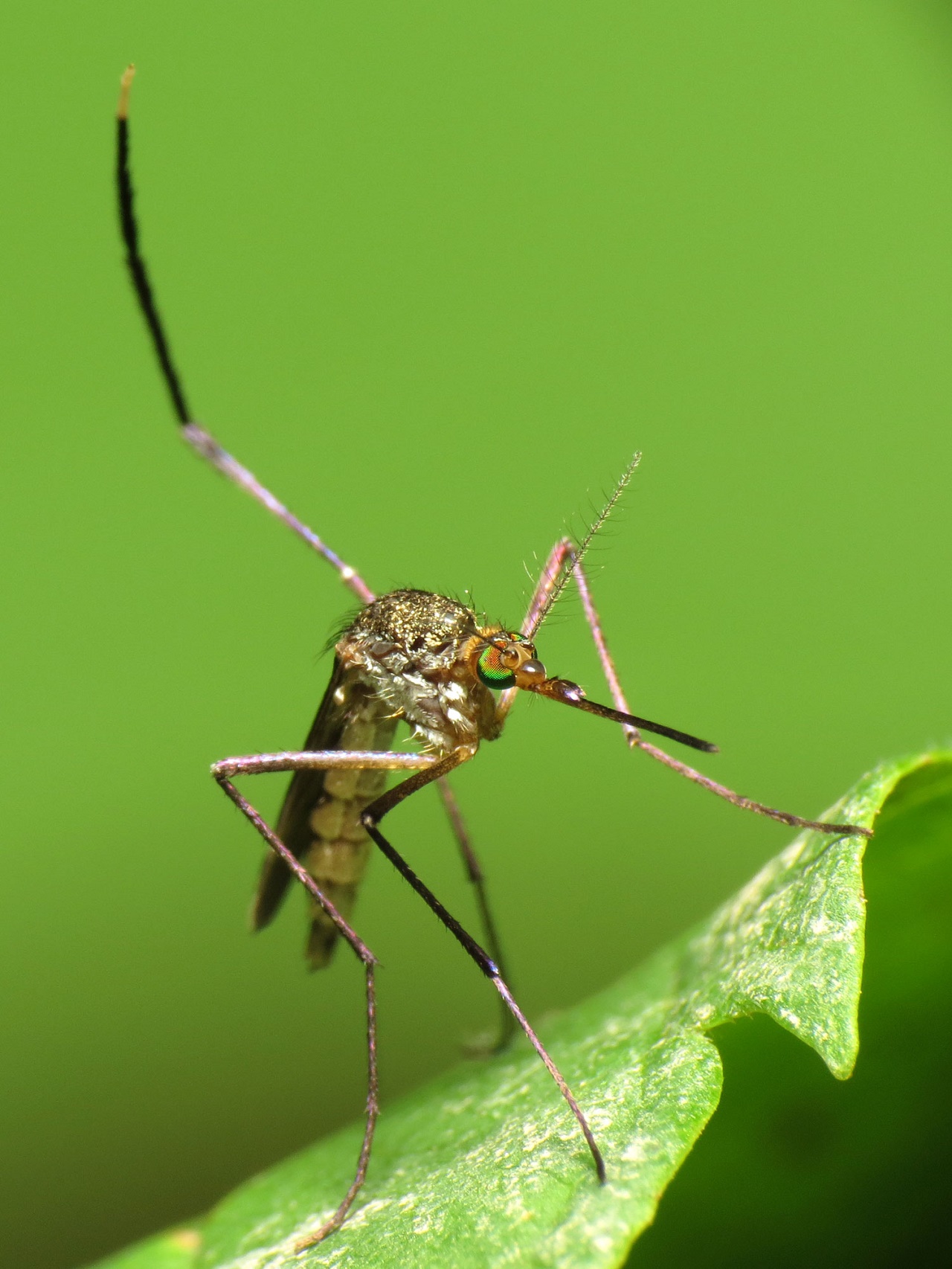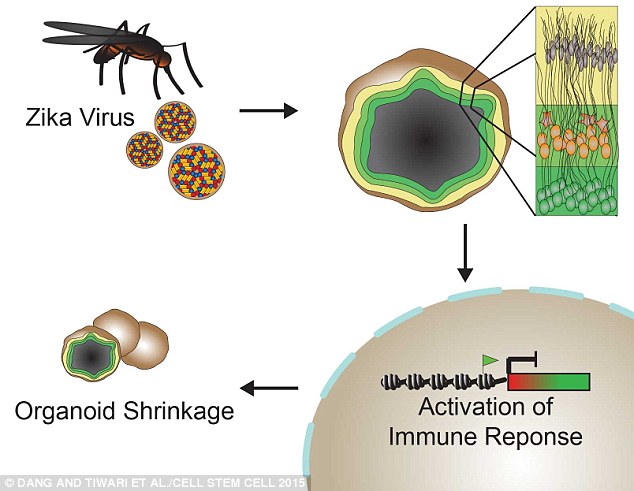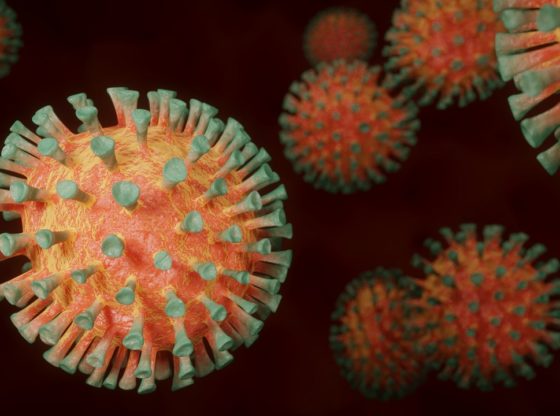
We now have the first experimental evidence that the Zika Virus is indeed the cause of birth defects in South America. The virus first invades the placenta and then attack the brain of the fetus, according to the research.
The research results have been published almost simultaneously by different teams in three of the most reputable journals, Nature, Cell, and Cell Stem Cell. The research is the first experimental evidence that the Zika Virus in South and Central America really causes birth defects.
Even though this was strongly suspected, this new research data is indeed important as it is providing more insight into how the virus infects the fetus and provides causation data and not just correlation.
The virus’s arrival in America was first recognized just over a year ago. Since then, the infection has spread explosively. Not least in Brazil where the number of children born with the birth defect microcephaly (abnormally small head) has increased substantially.
“Direct Evidence”

Even if the suspicions were strong, concrete evidence has been lacking that the virus can really pass the so-called placental barrier in pregnant women.
The article published in nature describe how researchers at the University of California San Diego School of Medicine, U.S conducted experiments with mice, human stem cells, and so-called cerebral organoids. The latter resembles very primitive brains, developed from stem cells, grown in vitro.
“Rising infection rates of Zika virus in places like Brazil, with a corresponding increase in cases of microcephaly, have powerfully suggested an association, but until now hard evidence has been lacking,” said Alysson R. Muotri, PhD, associate professor in the UC San Diego School of Medicine departments of Pediatrics and Cellular and Molecular Medicine. “Our findings provide direct experimental proof that the Brazilian Zika virus strain causes severe birth defects — and that the full adverse effect upon health, even beyond microcephaly, is not yet fully understood.”
In parallel, researchers at the Washington University, U.S, have developed two different animal models that show how the virus invade the placenta of pregnant mice and then attacks the fetus. The third study, published in Cell Stem Cell, shows how Chinese scientists causes damage reminiscent of microcephaly in mice fetus.
Attacks the Immune System
The virus does not appear to attack the brain directly, instead, it causes the immune system of the developing brain to destroy itself. More specifically, the virus prompt a molecule called TLR3, which is normally responsible for destroying invading viruses, to go into hyper-drive and rather than attacking the virus, the TLR3 molecules turned on the neural stem cells, triggering them to commit “cell suicide,”
Tariq Rana is a professor of pediatrics at UC San Diego School of Medicine the now want to test TLR3 inhibitors – which are already used to treat other autoimmune diseases—on women infected with Zika in their first trimester, to try to reduce some of the damage to their babies.
_______________
Zika shrinks ‘mini brains’ in culture
Zika Virus Depletes Neural Progenitors in Human Cerebral Organoids through Activation of the Innate Immune Receptor TLR3
Understanding How Zika Virus Enters and Infects Neural Target Cells
______________________________











![OpenAI. (2025). ChatGPT [Large language model]. https://chatgpt.com](https://www.illustratedcuriosity.com/files/media/55136/b1b0b614-5b72-486c-901d-ff244549d67a-350x260.webp)
![OpenAI. (2025). ChatGPT [Large language model]. https://chatgpt.com](https://www.illustratedcuriosity.com/files/media/55124/79bc18fa-f616-4951-856f-cc724ad5d497-350x260.webp)
![OpenAI. (2025). ChatGPT [Large language model]. https://chatgpt.com](https://www.illustratedcuriosity.com/files/media/55099/2638a982-b4de-4913-8a1c-1479df352bf3-350x260.webp)








